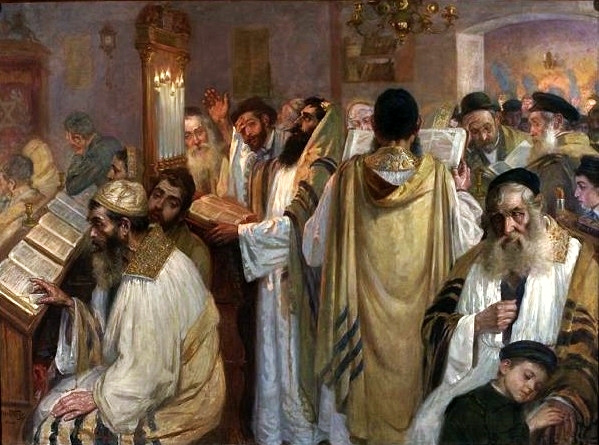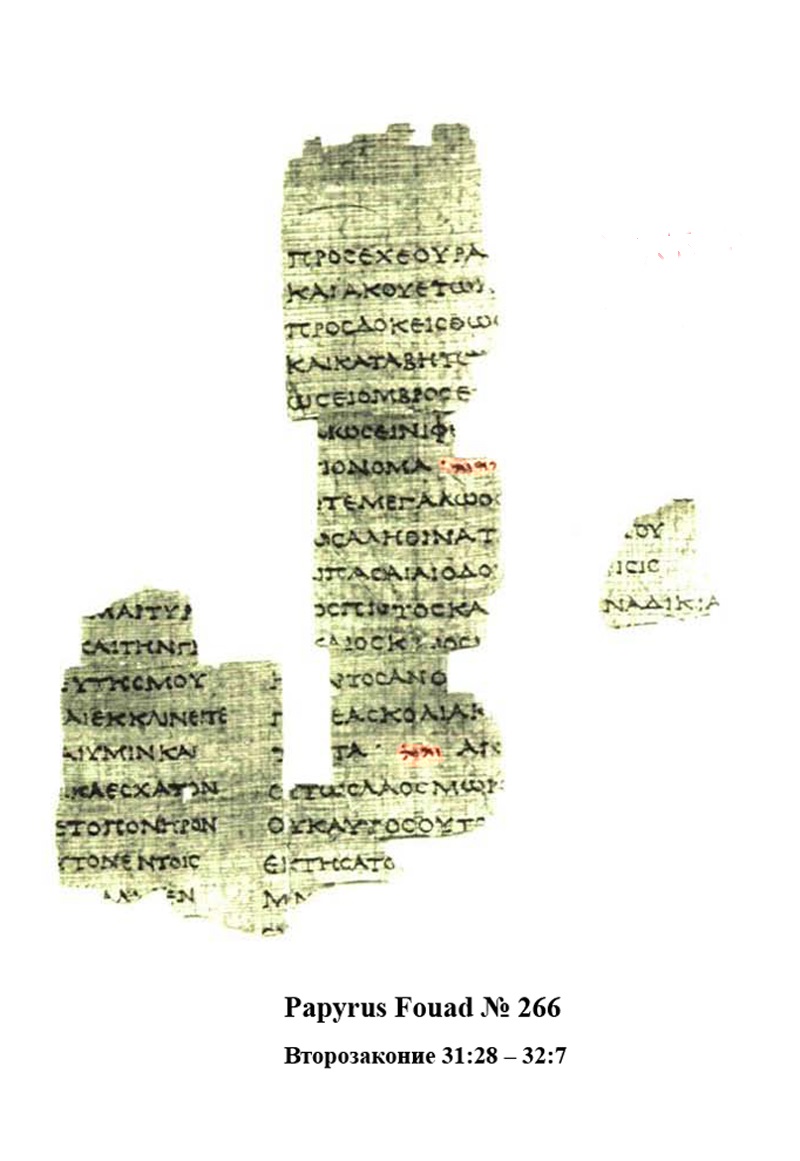|
Tallit
A tallit, taleth, or tallis is a fringed garment worn as a prayer shawl by religious Jews. The tallit has special twined and knotted fringe (trim), fringes known as ''tzitzit'' attached to its four corners. The cloth part is known as the ''beged'' ("garment") and is usually made from wool or cotton, although silk is sometimes used for a ''tallit gadol''. The term is, to an extent, ambiguous. It can refer either to the ''tallit katan'' ("small tallit") item worn over or under clothing (commonly referred to as "''tzitzit''"), or to the ''tallit gadol'' ("big tallit") worn over the outer clothes during Shacharit—the morning Jewish prayer service—and all of the Yom Kippur prayer services. The term "tallit" alone typically refers to the ''tallit gadol''. There are diverse traditions regarding the age at which a ''tallit gadol'' is first used, including within Orthodox Judaism. In some Sephardic Jews, Sephardic Orthodox communities, young boys wear a tallit even before becoming '' ... [...More Info...] [...Related Items...] OR: [Wikipedia] [Google] [Baidu] |
Tzitzit
''Tzitzit'' ( ''ṣīṣīṯ'', ; plural ''ṣīṣiyyōṯ'', Ashkenazi Hebrew, Ashkenazi: '; and Samaritan Hebrew, Samaritan: ') are specially knotted ritual Fringe (trim), fringes, or tassels, worn in antiquity by Israelites and today by observant Jews and Samaritans. are usually attached to the four corners of the ''tallit gadol'' (prayer shawl), usually referred to simply as a or ; and ''tallit katan'' (everyday undershirt). Through synecdoche, a may be referred to as . Etymology The word may derive from the semitic root, Hebrew root [n-ts-h]. shares this root with the Hebrew for 'lock of hair'. For example, in the Book of Ezekiel an angel grabs the prophet "by the of [his] head;" he could be said to be "dragged by his hair." A popular etymological interpretation of derives from another word which shares this root. ( 'budding flower') may once have referred to floral ornamentation on clothing. One can hear distinct similarities with contemporaneous Akkadian lan ... [...More Info...] [...Related Items...] OR: [Wikipedia] [Google] [Baidu] |
Jewish Prayer
Jewish prayer (, ; plural ; , plural ; Yinglish: davening from Yiddish 'pray') is the prayer recitation that forms part of the observance of Rabbinic Judaism. These prayers, often with instructions and commentary, are found in the '' Siddur'', the traditional Jewish prayer book. Prayer, as a "service of the heart," is in principle a Torah-based commandment. It is mandatory for Jewish women and men. However, the rabbinic requirement to recite a specific prayer text does differentiate between men and women: Jewish men are obligated to recite three prayers each day within specific time ranges ('' zmanim''), while, according to many approaches, women are only required to pray once or twice a day, and may not be required to recite a specific text. Traditionally, three prayer services are recited daily: * Morning prayer: ''Shacharit'' or ''Shaharit'' (, "of the dawn") * Afternoon prayer: '' Mincha'' or ''Minha'' (), named for the flour offering that accompanied sacrific ... [...More Info...] [...Related Items...] OR: [Wikipedia] [Google] [Baidu] |
Ashkenazi Jewish
Ashkenazi Jews ( ; also known as Ashkenazic Jews or Ashkenazim) form a distinct subgroup of the Jewish diaspora, that Ethnogenesis, emerged in the Holy Roman Empire around the end of the first millennium Common era, CE. They traditionally speak Yiddish, a language that originated in the 9th century, and largely migrated towards Northern Europe#UN geoscheme classification, northern and eastern Europe during the late Middle Ages due to Antisemitism in Europe, persecution. Hebrew was primarily used as a Literary language, literary and sacred language until its 20th-century Revival of the Hebrew language, revival as a common language in Israel. Ashkenazim adapted their traditions to Europe and underwent a transformation in their interpretation of Judaism. In the late 18th and 19th centuries, Jews who remained in or returned to historical German lands experienced a cultural reorientation. Under the influence of the Haskalah and the struggle for emancipation, as well as the intellec ... [...More Info...] [...Related Items...] OR: [Wikipedia] [Google] [Baidu] |
Bar Mitzvah
A ''bar mitzvah'' () or ''bat mitzvah'' () is a coming of age ritual in Judaism. According to Halakha, Jewish law, before children reach a certain age, the parents are responsible for their child's actions. Once Jewish children reach that age, they are said to "become" ''b'nai mitzvah'', at which point they begin to be held accountable for their own actions. Traditionally, the father of a ''bar'' or ''bat mitzvah'' offers thanks to God that he is no longer punished for his child's Jewish views on sin, sins. In Orthodox Judaism, Orthodox communities, boys become ''bar mitzvah'' at 13 and girls become ''bat mitzvah'' at 12. In most Reform Judaism, Reform, Reconstructionist Judaism, Reconstructionist, and Conservative Judaism, Conservative communities, the milestone is 13 regardless of gender. After this point, children are also held responsible for knowing Jewish law, Jewish ritual law, Jewish tradition, tradition, and Jewish ethics, ethics, and are able to participate in all ar ... [...More Info...] [...Related Items...] OR: [Wikipedia] [Google] [Baidu] |
Shacharit
''Shacharit'' ( ''šaḥăriṯ''), or ''Shacharis'' in Ashkenazi Hebrew, is the morning '' tefillah'' (prayer) of Judaism, one of the three daily prayers. Different traditions identify different primary components of ''Shacharit''. Essentially all agree that '' pesukei dezimra'', the Shema Yisrael and its blessings, and the '' Amidah'' are major sections. Some identify the preliminary blessings and readings, as a first, distinct section. Others say that Tachanun is a separate section, as well as the concluding blessings. On certain days, there are additional prayers and services added to shacharit, including Mussaf and a Torah reading. Etymology ''Shacharit'' comes from the Hebrew root (''shaħar''), meaning dawn. Origin According to tradition, ''Shacharit'' was identified as a time of prayer by Abraham, as states, "Abraham arose early in the morning," which traditionally is the first ''Shacharit''. However, Abraham's prayer did not become a standardized p ... [...More Info...] [...Related Items...] OR: [Wikipedia] [Google] [Baidu] |
Yom Kippur
Yom Kippur ( ; , ) is the holiest day of the year in Judaism. It occurs annually on the 10th of Tishrei, corresponding to a date in late September or early October. For traditional Jewish people, it is primarily centered on atonement and repentance. The day's main observances consist of full fasting and asceticism, both accompanied by extended prayer services (usually at synagogue) and sin confessions. Some minor Jewish denominations, such as Reconstructionist Judaism, focus less on sins and more on one's goals and accomplishments and setting yearly intentions. Alongside the related holiday of Rosh Hashanah, Yom Kippur is one of the two components of the High Holy Days of Judaism. It is also the last of the Ten Days of Repentance. Name The formal Hebrew name of the holiday is , 'day fthe atonements'. This name is used in the Bible, Mishnah, and Shulchan Aruch. The word 'atonement' is one of many Biblical Hebrew words which, while using a grammatical plural form, ... [...More Info...] [...Related Items...] OR: [Wikipedia] [Google] [Baidu] |
Deuteronomy
Deuteronomy (; ) is the fifth book of the Torah (in Judaism), where it is called () which makes it the fifth book of the Hebrew Bible and Christian Old Testament. Chapters 1–30 of the book consist of three sermons or speeches delivered to the Israelites by Moses on the Plains of Moab, shortly before they enter the Promised Land. The first sermon recounts the Moses#The years in the wilderness, forty years of wilderness wanderings which had led to that moment and ends with an exhortation to observe the law. The second sermon reminds the Israelites of the need to follow Yahweh and the laws (or teachings) he has given them, on which their possession of the land depends. The third sermon offers the comfort that, even should the nation of Israel prove unfaithful and so lose the land, with repentance all can be restored. The final four chapters (31–34) contain the Song of Moses, the Blessing of Moses, and the narratives recounting the passing of the mantle of leadership from Mose ... [...More Info...] [...Related Items...] OR: [Wikipedia] [Google] [Baidu] |
Book Of Numbers
The Book of Numbers (from Biblical Greek, Greek Ἀριθμοί, ''Arithmoi'', , ''Bəmīḏbar'', ; ) is the fourth book of the Hebrew Bible and the fourth of five books of the Jewish Torah. The book has a long and complex history; its final form is possibly due to a Priestly source, Priestly redaction (i.e., editing) of a Yahwistic source made sometime in the early Yehud medinata, Persian period (5th century BC). The name of the book comes from the two censuses taken of the Israelites. Numbers is one of the better-preserved books of the Torah, Pentateuch. Fragments of the Ketef Hinnom scrolls containing verses from Numbers have been dated as far back as the late seventh or early sixth century BC. These verses are the earliest known artifacts to be found in the Hebrew Bible text. Numbers begins at Mount Sinai, where the Israelites have received their Covenant (biblical), laws and covenant from God in Judaism, God and God has taken up residence among them in the Tabernacle, san ... [...More Info...] [...Related Items...] OR: [Wikipedia] [Google] [Baidu] |
Israelites
Israelites were a Hebrew language, Hebrew-speaking ethnoreligious group, consisting of tribes that lived in Canaan during the Iron Age. Modern scholarship describes the Israelites as emerging from indigenous Canaanites, Canaanite populations and other peoples.Mark Smith in "The Early History of God: Yahweh and Other Deities of Ancient Israel" states "Despite the long regnant model that the Canaanites and Israelites were people of fundamentally different culture, archaeological data now casts doubt on this view. The material culture of the region exhibits numerous common points between Israelites and Canaanites in the Iron I period (c. 1200–1000 BCE). The record would suggest that the Israelite culture largely overlapped with and derived from Canaanite culture ... In short, Israelite culture was largely Canaanite in nature. Given the information available, one cannot maintain a radical cultural separation between Canaanites and Israelites for the Iron I period." (pp. ... [...More Info...] [...Related Items...] OR: [Wikipedia] [Google] [Baidu] |
Hebrew Bible
The Hebrew Bible or Tanakh (;"Tanach" . '' Random House Webster's Unabridged Dictionary''. ; ; or ), also known in Hebrew as (; ), is the canonical collection of scriptures, comprising the Torah (the five Books of Moses), the Nevi'im (the Books of the Prophets), and the [...More Info...] [...Related Items...] OR: [Wikipedia] [Google] [Baidu] |






